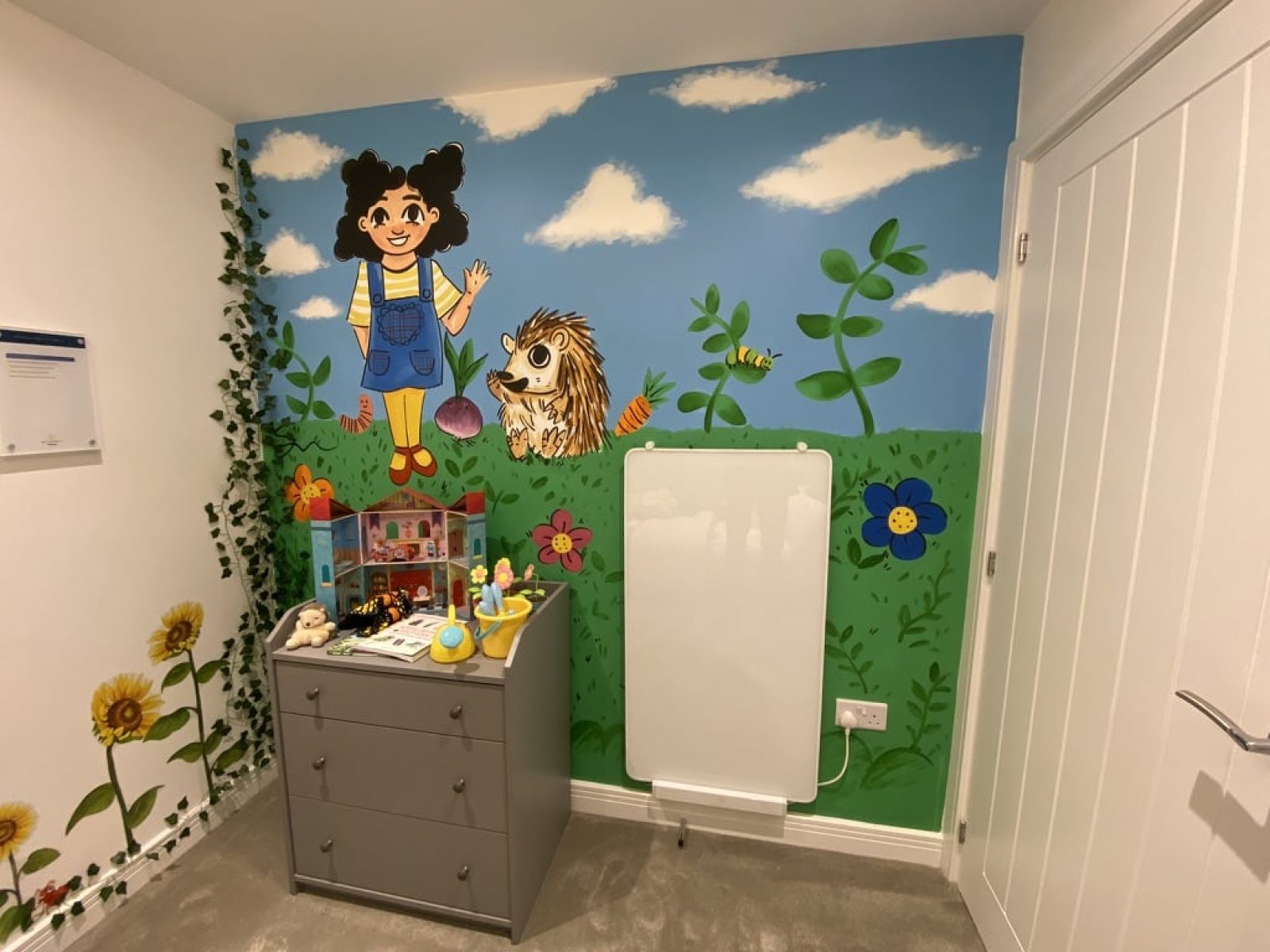
Ambion Heating provides a full range of low carbon heat panels that are ideal for buildings with limited available space, such as flats, small homes and multi-occupancy buildings.
Our low carbon heat panels use a unique computer-controlled infrared technology to provide a warm, comfortable, mould-free environment, while drastically cutting costs and CO2 emissions.
Practical and easy to install and use, they offer the ultimate heating experience for residents, while allowing social housing associations and housebuilders to cut costs and meet their decarbonisation targets.
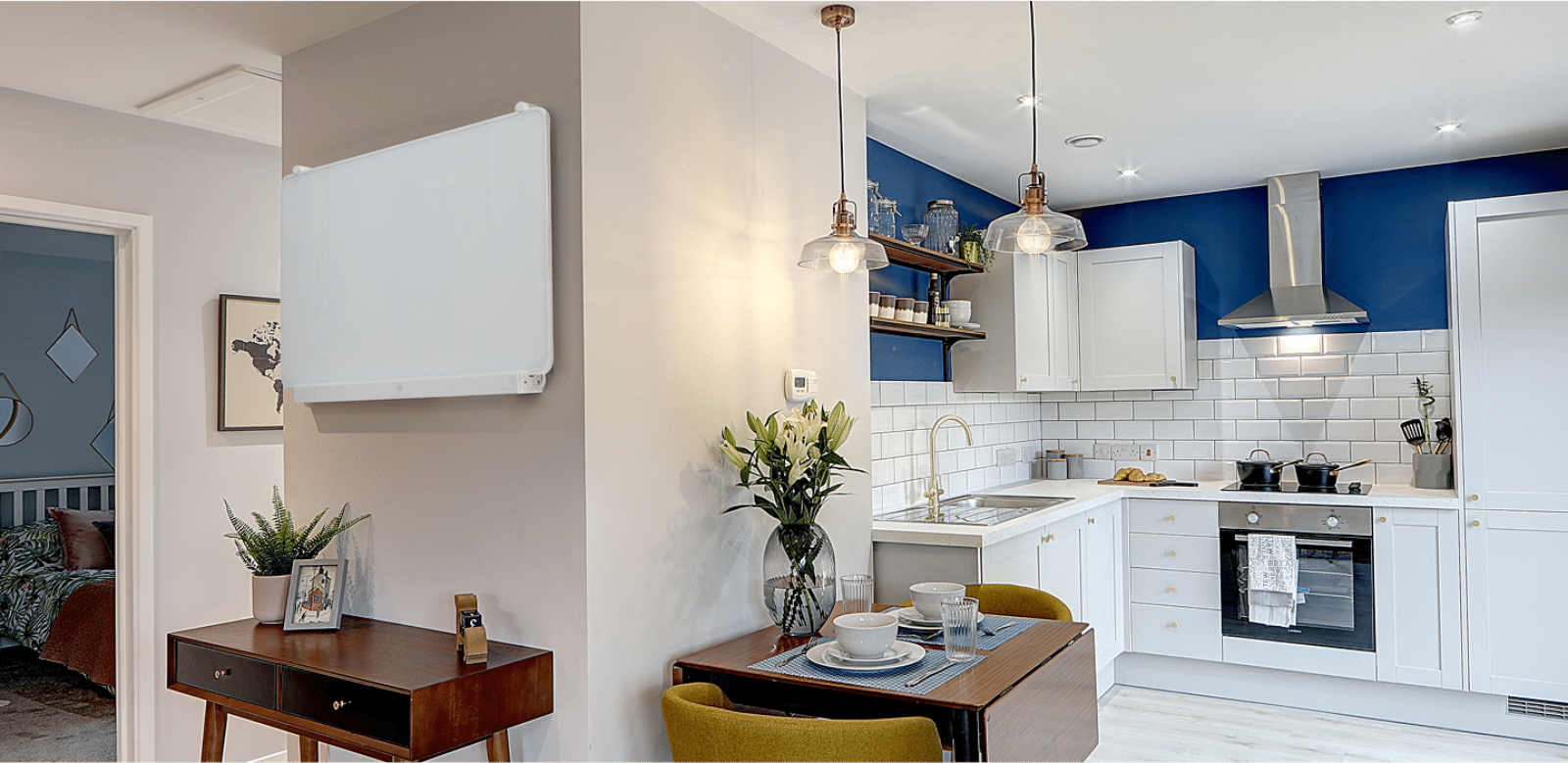
Unlike traditional heating systems, infrared heating heats the materials within a room, rather than the air. These absorb and store the infrared emitted by the low carbon panels, and release it to keep the room at the desired temperature.
Using intelligent monitoring and dynamic pulsing, the panel will automatically adjust its energy phasing routine, ensuring a constant level of warmth and less wasted energy.
The result is a pleasant, radiant warmth that resembles the feeling of standing in direct sunlight, but with no exposure to UV rays.
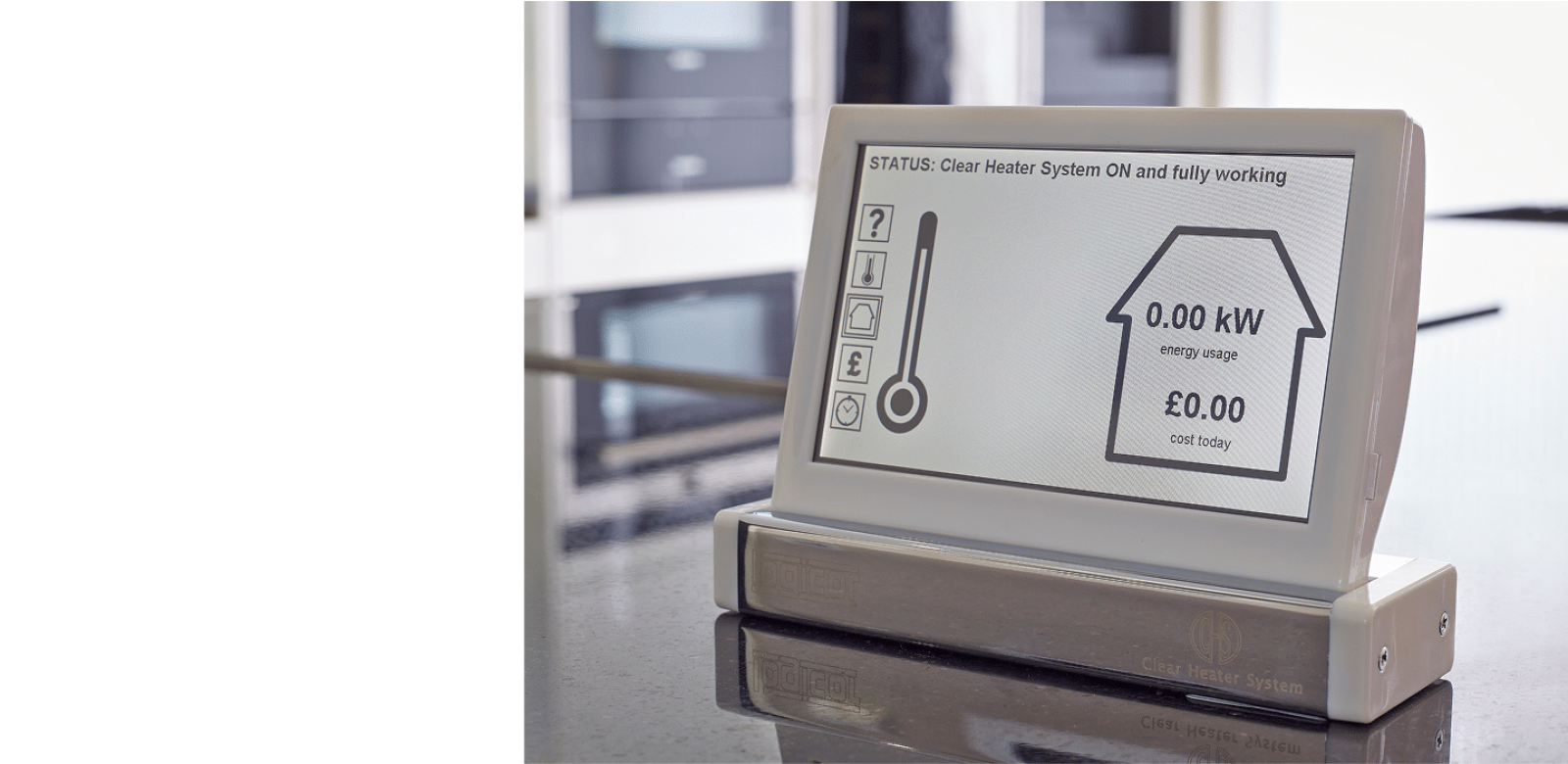
Using the intuitive central control panel, you can set a different target temperature for your heat panel in each room.
Ambion’s control system ensures the target temperature is met with minimal energy use. Unlike conventional heating systems that frequently cycle on and off, our system maintains a steady temperature through the constant dynamic pulsing of electricity.
This maintains a constant ambient temperature within the home, providing consistent comfort without significant spikes in electricity demand.
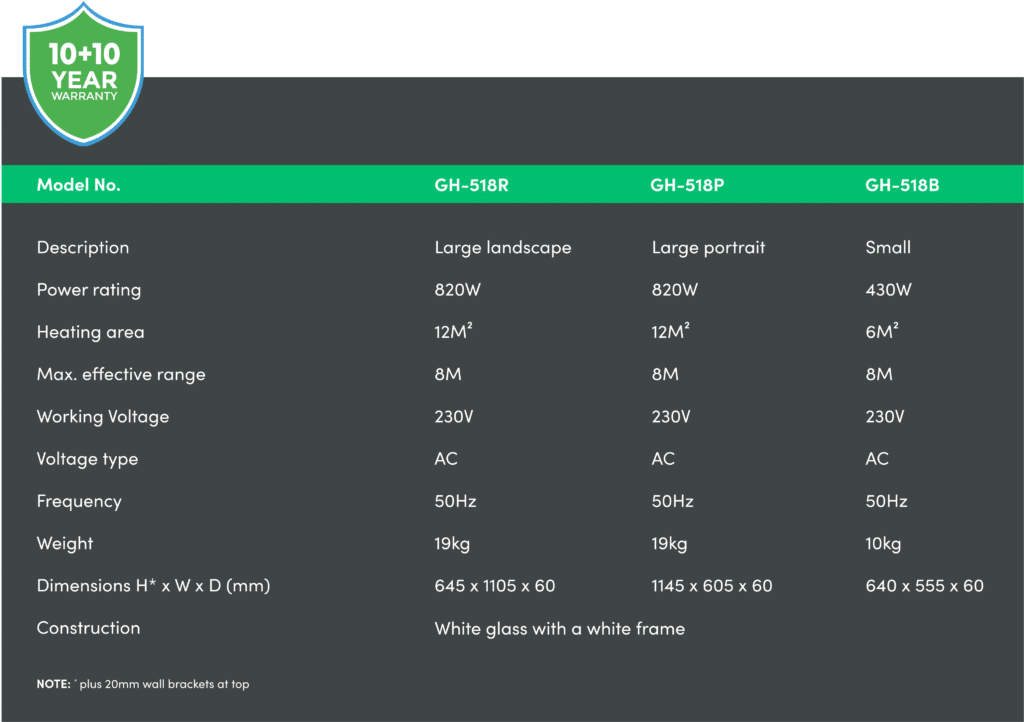
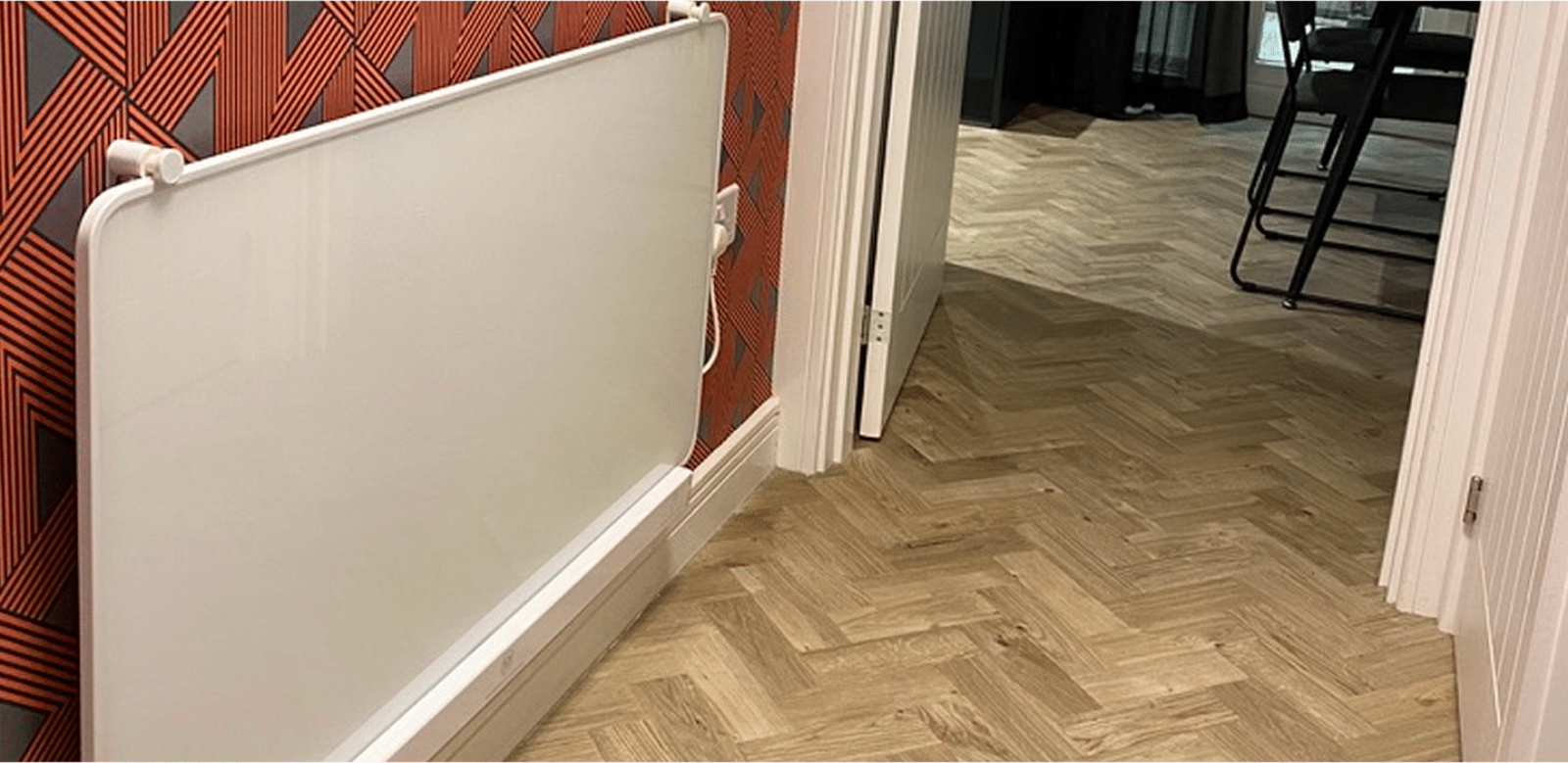
Infrared heat panels are the ideal choice when decarbonising heat is a priority but space is limited, ruling out alternative solutions like heat pumps.
Thanks to their sleek design and the absence of external units, Ambion heat panels are perfect for small spaces and multi-occupancy buildings. They also contribute to preventing fuel poverty by cutting costs compared to traditional electric heating solutions.
This makes them ideal for both social housing and new flats and homes with limited available space.
